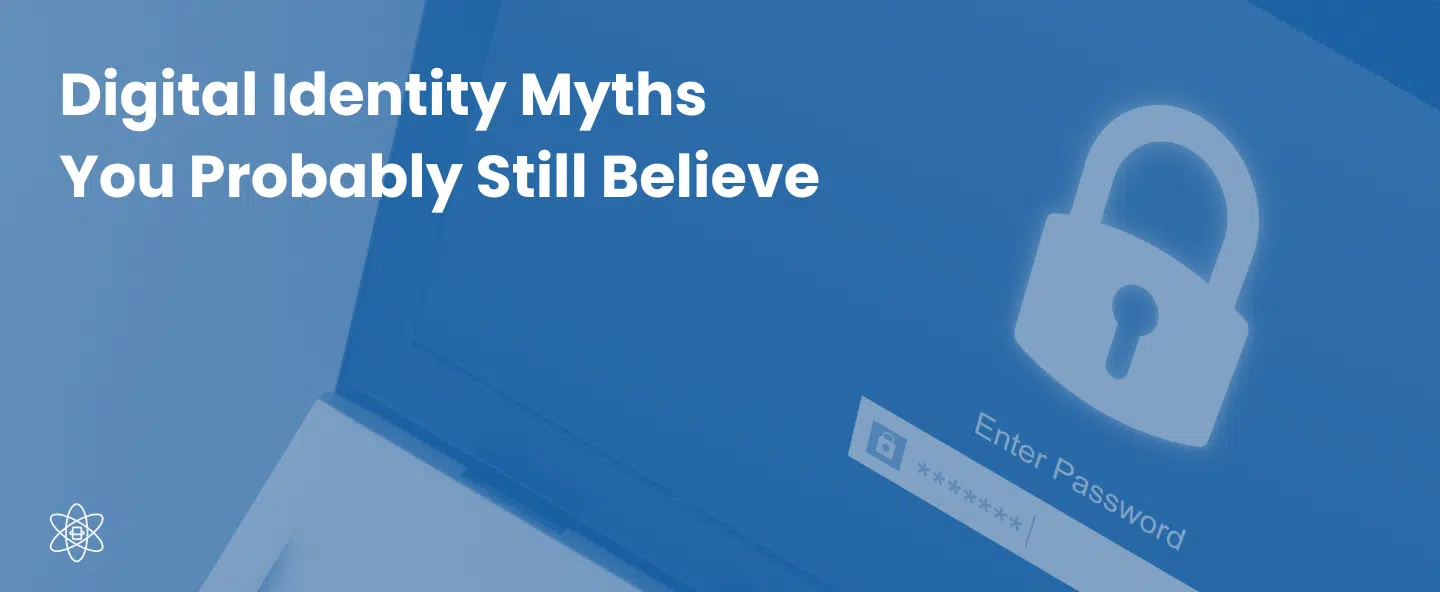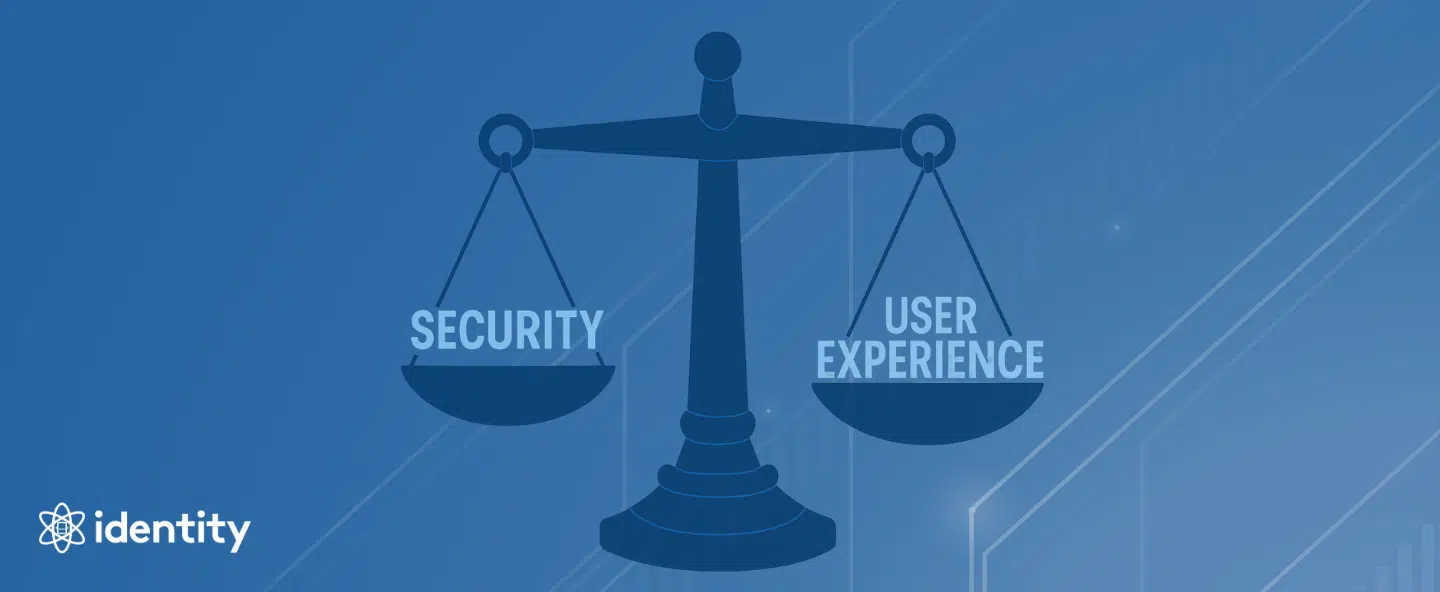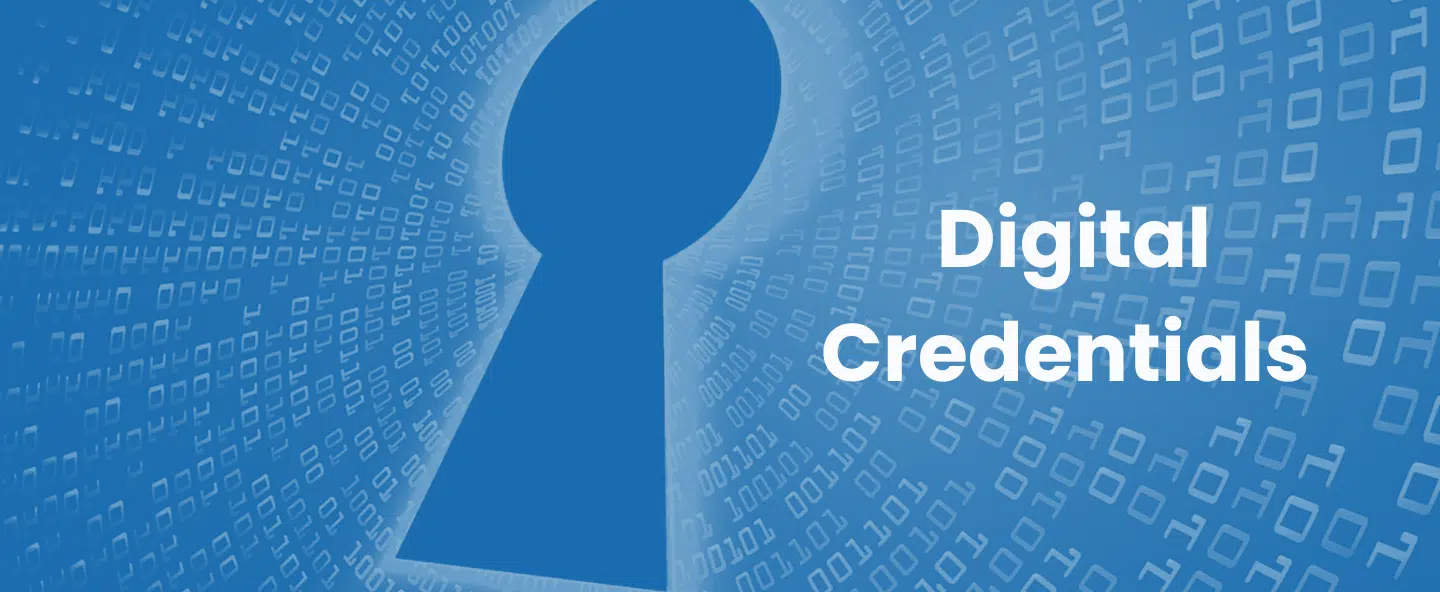
The Role of AI in Digital Identity Security
In today’s landscape, financial transactions, social interactions, and personal data are closely linked to technology, highlighting the significance of digital

In today’s landscape, financial transactions, social interactions, and personal data are closely linked to technology, highlighting the significance of digital

Why Identity Confusion Persists Most people think they know what “digital identity” means. A username, a password, maybe an email

In 2025, identity fraud has become a serious threat to businesses. What was once a low-level scam is now a

For years, digital security has been seen as a tradeoff: stronger protection comes at the cost of user experience. Long

Key Takeaways: Digital credentials are secure, verifiable records that certify an individual’s qualifications, skills, or achievements in a digital format.

As our world continues to digitize, the importance of secure, efficient, and privacy-respecting ways to verify identities and credentials has

Key Takeaways: The future of biometric data protection will prioritize privacy, ensuring sensitive information is securely stored and processed. Advancements
The gaming industry, once a niche in the tech ecosystem, has become one of the fastest-growing industries. It encompasses the

Key Takeaways: A Mobile ID is a government-issued digital identity stored securely on a smartphone. It acts as official proof